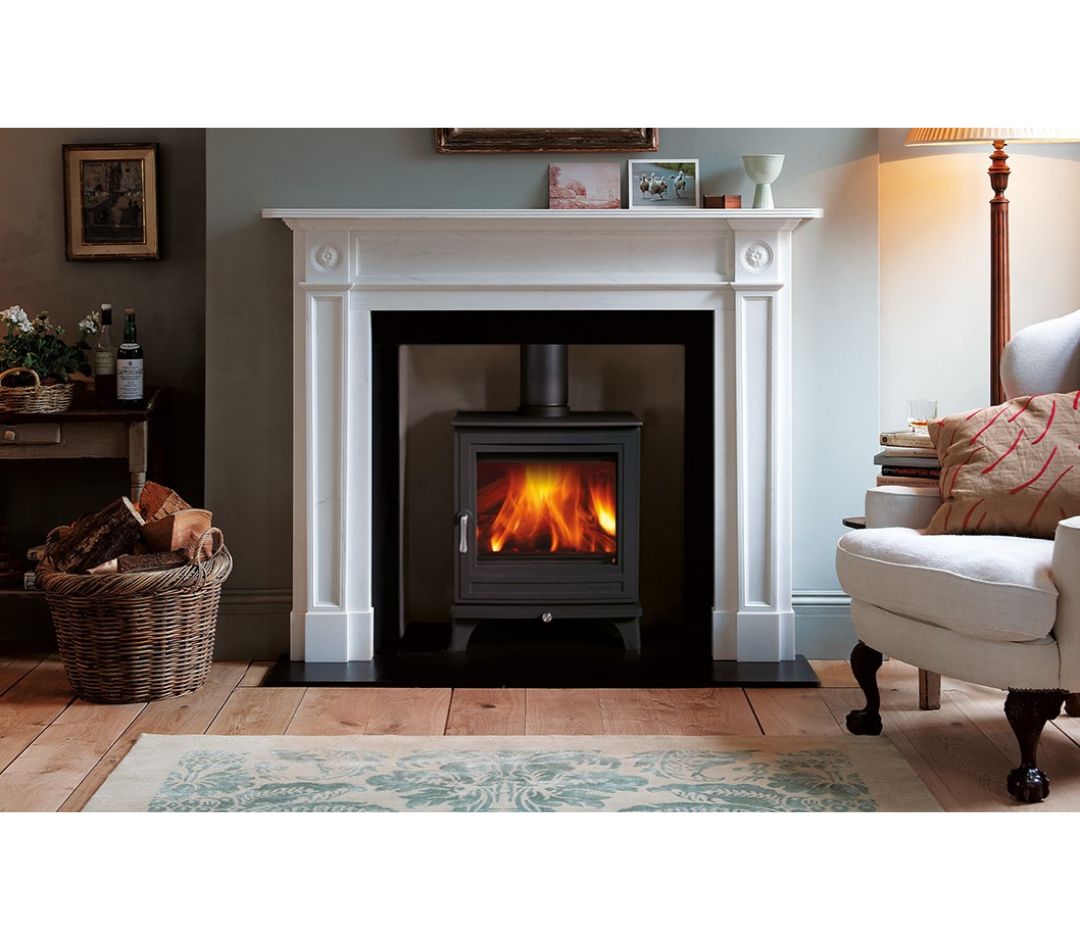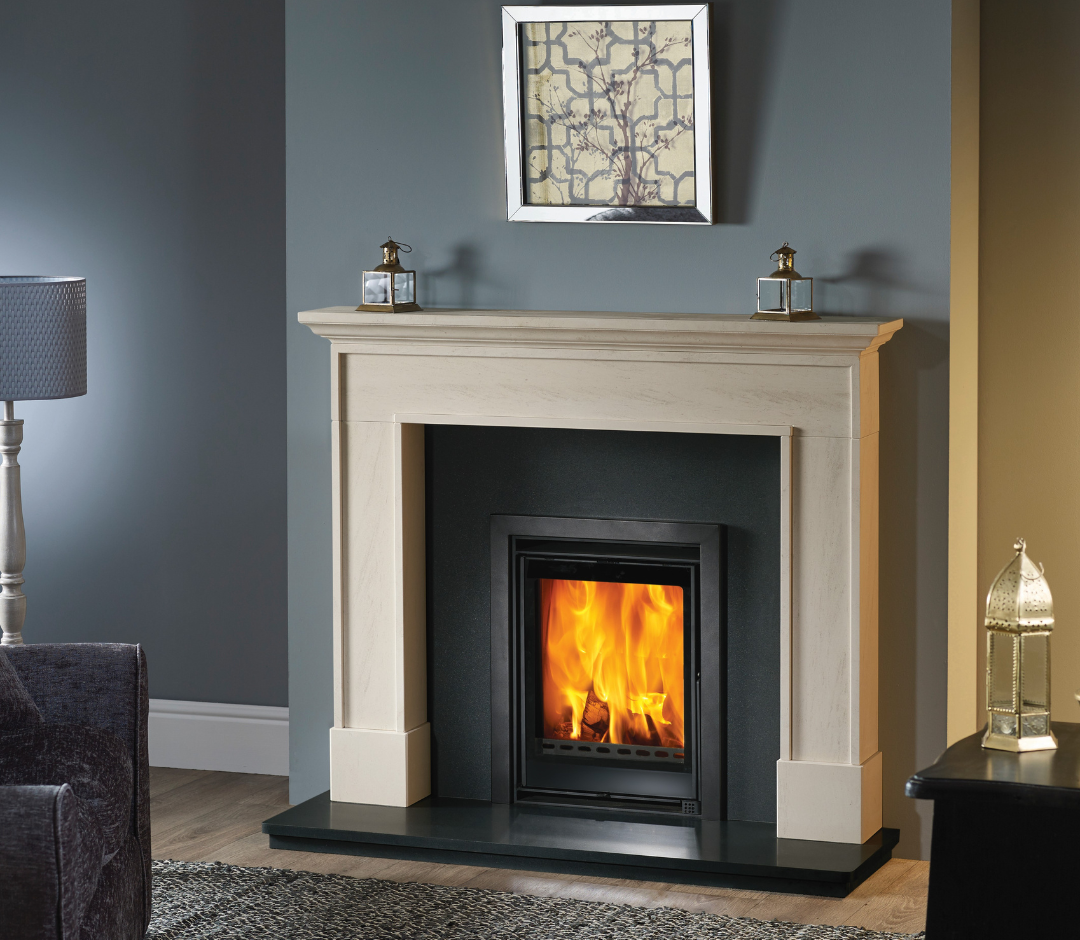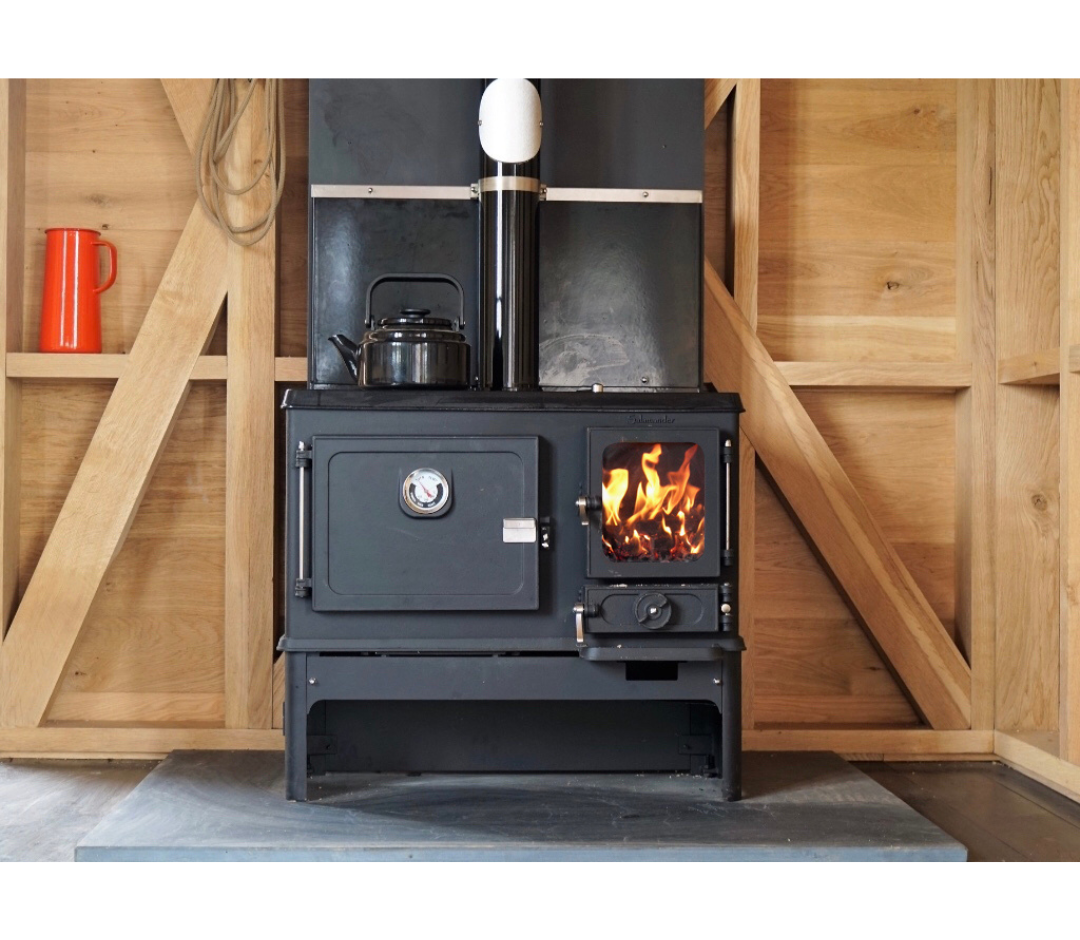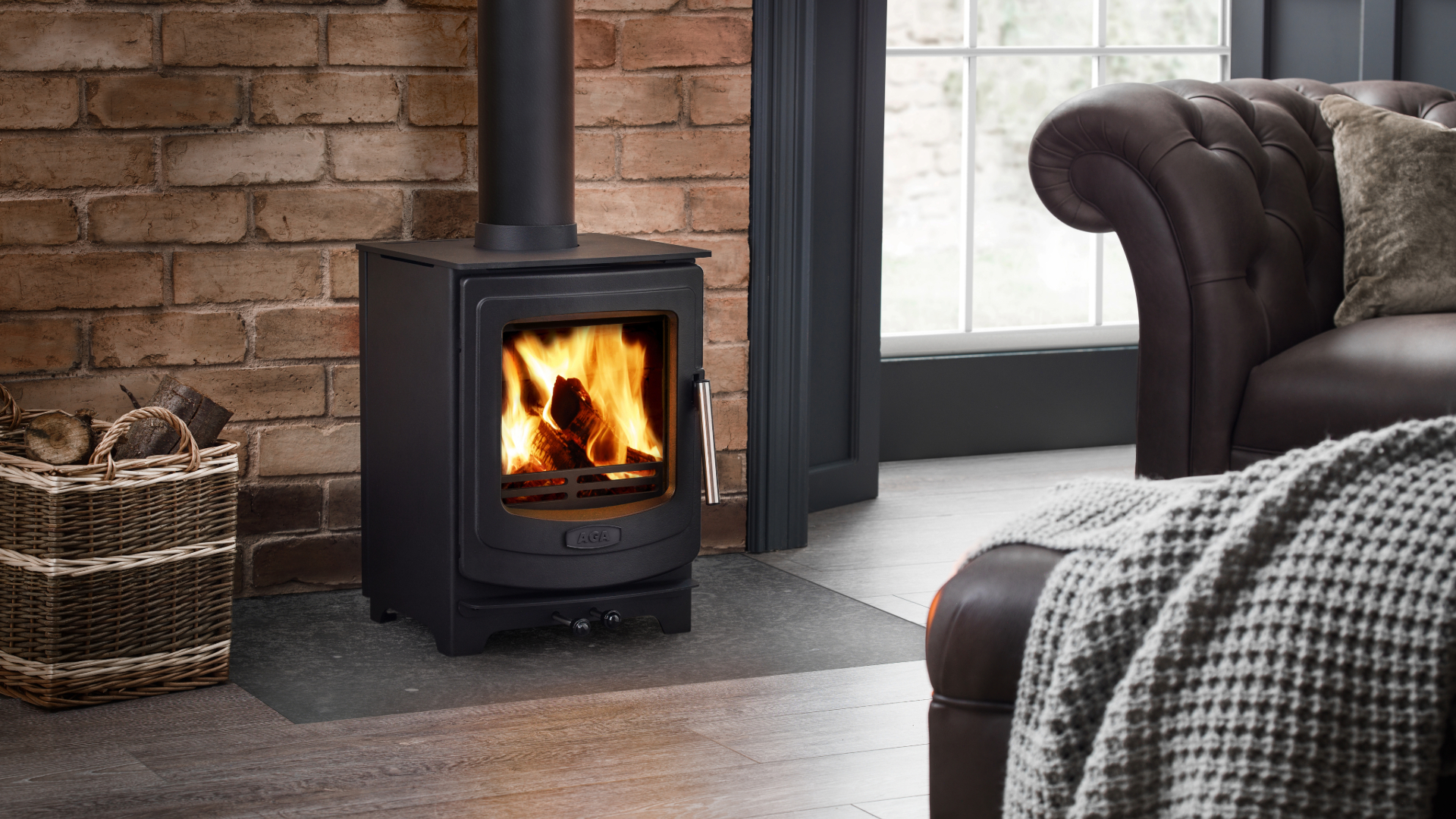The 7 types of stoves explained
It’s easy to forget just how vast the market is for stoves and solid fuel appliances. Gone are the days where your home is heated by putting fuel on an open fireplace without thought. Modern technology has created an array of cleaner, safer options for your home – from freestanding wood-burning stoves that evoke that nostalgic warmth of cuddling up during cold winters, to pellet stoves that offer convenience without sacrificing the beautiful flame, there is an appliance to fit every home.
Cleaner Choice stoves
When purchasing a stove, it is vital that you make not only the right choice to suit your home, but also the right choice for the environment. Cleaner Choice appliances offer minimised emissions and easily understandable operating instructions, guaranteeing you can warm your home safely.
Stove manufacturers of a range of styles, sizes, and aesthetics have committed to making the cleaner choice, offering:
- Multifuel stoves

The Cleaner Choice mark makes it easy to find a stove that will keep you warm, maximising heat whilst minimising emissions.
Read on to find out what stove suits your needs and find a Cleaner Choice stove perfect for you.
Wood-burning stoves
Also called a wood burner, log burner, or simply a stove, a wood-burning stove is the most popular type of appliance used to burn solid fuel in homes. As their name suggests, wood-burning stoves burn wood fuel to produce heat, warming a room.
As with all appliances, wood burners should only burn materials that they are designed to burn. Ready to Burn wood fuel (firewood or briquettes) should be used in a wood burner – burning wet, treated, or waste wood significantly increases the build-up of dangerous deposits in a chimney, causing potentially fatal hazards.

What is a freestanding wood burner?
Freestanding wood burners are the most popular style of appliances, and probably the style you are most familiar with. These types of appliances stand freely, supported by legs or a pedestal, and offer the highest level of freedom with where they can be installed in your home.

What is an inset wood burner?
An inset wood burner is directly built into a fireplace or chimney breast, utilising the space to sit flush within the wall. These are a bit less common than freestanding stoves, but still offer the same warmth to your home and a great view of the roaring fire.

What is a wood-burning cooking stove?
Wood-burning cooking stoves are primarily freestanding wood burners with an additional chamber for cooking. The heat from the fire is used to cook food whilst your home is heated, offering dual functionality. Some cooking stoves are multifuel stoves, allowing you to burn smokeless fuels as well as wood fuel.
Multifuel stoves
Multifuel stoves can burn wood fuel, like wood burners, but also have the additional functionality of being able to burn smokeless fuels. Multifuel stoves are constructed differently to wood burners, allowing them to burn a wider range of fuels. This is due to the grate in the interior allowing air to flow through and aid the combustion of smokeless fuels.
Whilst multifuel stoves can burn multiple types of fuel, it is important to not burn multiple types of fuel at the same time to avoid damaging the stove.

Pellet stoves
Pellet stoves are closely related to wood burners and multifuel stoves; they operate under the same principle – combusting solid fuel to generate heat and supply it to your room – but have some unique differences. Pellet stoves are specifically designed to burn pellets (compressed wood formed into small pellets) and allow for autonomous electrical operation, as opposed to a log burner’s manual operation.
Pellet stoves can be digitally operated by the user – electrical components in the stove will regulate the chosen temperature by gradually feeding pellets from the hopper as the fuel burns, maintaining the specified temperature.

Boiler stoves
A boiler stove can be a wood burner, multifuel stove, or even a pellet stove. These stoves connect to a specialised hot water cylinder, allowing the heat from the fuel to be used to heat water as well as your home.
Boiler stoves can provide hot water to your home, heating up water from your taps or even your radiators, adding an extra benefit to your stove.
Due to the dangers that are present with boiler stove installations, a boiler stove cannot simply be converted to a standard wood burner or multifuel stove. You must speak to a qualified engineer and get a professional to remove the necessary components from the appliance before using it just to heat your room – pressure build-up in the water jacket can have potentially disastrous effects.
Cast iron or steel?
Cast iron and steel are the two most common materials used to construct stoves. Each offer their own advantages, so it comes down to personal preference when choosing your stove.
Cast iron is the more traditional material, offering you the classic stove look whilst also boasting excellent heat retention. This means that whilst it may take a bit more time to get your room warmed, it’ll keep warming you room long after your fire has gone out.
Steel has become a popular alternative material to cast iron in recent years, partly due to its increased design flexibility. Steel can be manufactured into much more sleek, modern shapes than cast iron, allowing manufacturers to create stylishly modern stoves that don’t compromise on performance.
When buying your dream appliance, make sure you consider your heating needs – there are a multitude of options available, letting you burn comfortably and own the solid fuel appliance that is right for you.
Find your perfect stove on the Cleaner Choice product search.

